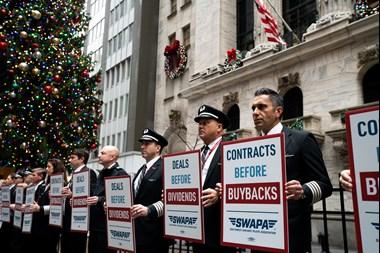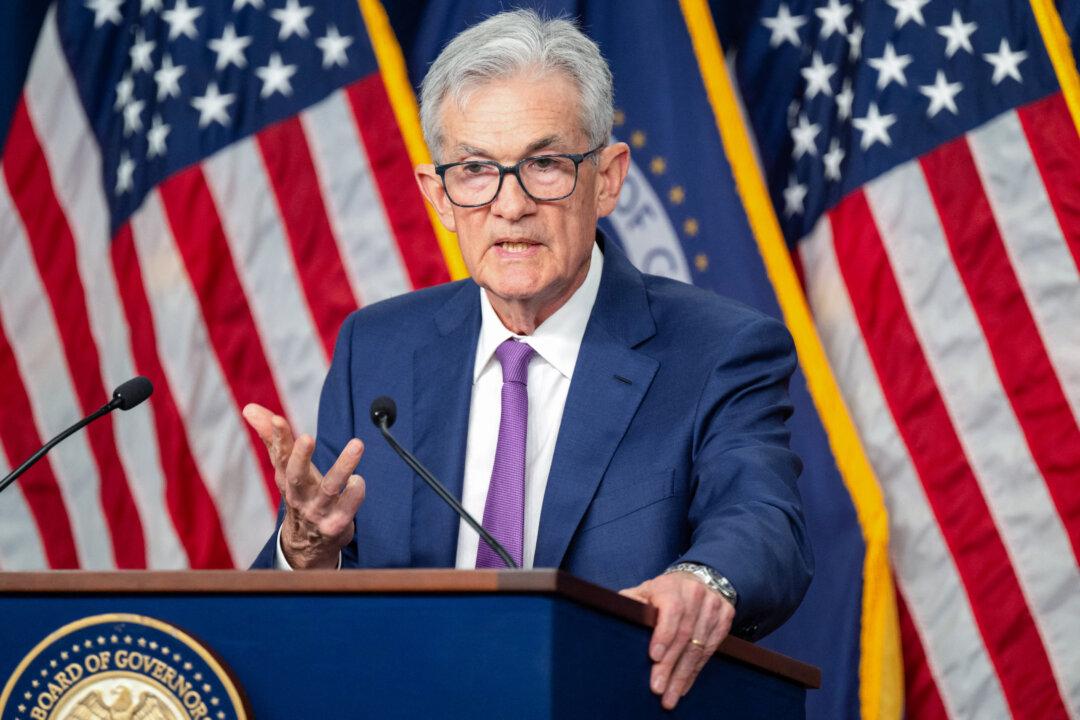Commentary
This morning’s jobs numbers fed the bond bulls, printing at 150,000 new jobs, significantly below the consensus market expectations of 180,000. Revisions, once again, were revised down by a net 101,000 jobs, largely offsetting the net 139,000 more jobs that were claimed for July and August in last month’s jobs report. Government added another 51,000 jobs, included in the 150,000 number. (Oddly, it is the third month in a row that government has added that same number of jobs.)





